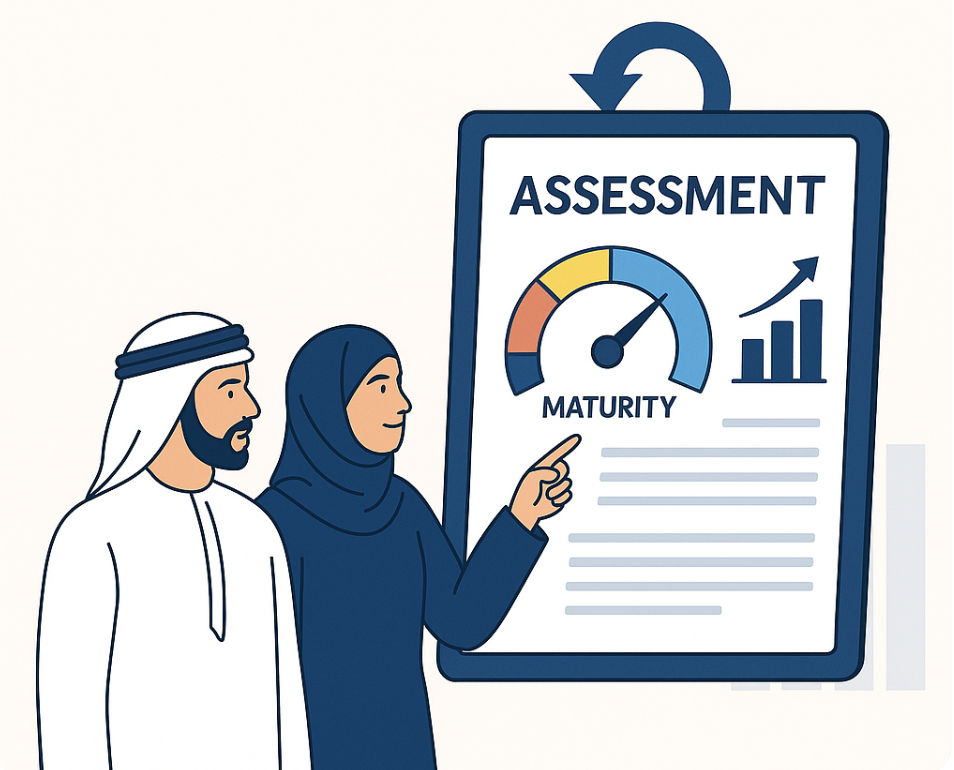The delicate balance between business agility and regulatory compliance can provoke a certain amount of concern in the hearts and minds of business leaders. In particular, senior leaders in highly regulated industries — finance, pharmaceuticals, healthcare, and food production, to name a few — can often view Agile with a measure of scepticism. The misconception that Agile's mantra of "move fast; break things" is inherently at odds with the stringent requirements of regulatory frameworks is widespread. Yet, this perspective overlooks the nuanced, disciplined approach of Agile, particularly the Scrum Framework, in ensuring operational excellence while upholding the highest standards of compliance. This article aims to dispel myths and illuminate how Agile frameworks can be a beacon for businesses navigating the regulatory mazes.
The Agile Advantage in Regulated Industries
At its heart, Agile is about adaptability, collaboration, and continuous improvement — qualities that are invaluable in sectors where the cost of non-compliance can be monumental. Far from encouraging reckless haste, Agile frameworks, including Scrum, foster a meticulous approach to product and service development, one that can incorporate regulatory considerations seamlessly into every stage of the lifecycle.
1. Definition of Done (DoD) - Embedding Compliance by Design
A cornerstone of Agile and Scrum is the Definition of Done (DoD), a clear set of criteria that a product or feature must meet before it can be considered complete. In regulated industries, the DoD becomes an invaluable tool for embedding legal and regulatory requirements right from the outset. By including compliance checks as part of the DoD, teams ensure that every increment of the product not only delivers value but also aligns with all necessary regulations. This built-in compliance mechanism mitigates the risk of regulatory oversights, streamlining the path to market without last-minute legal hurdles. This gives other departments and experts within the organisation an opportunity to embed quality and compliance into the team’s day to day work. An example could be that every product increment must go through an automated penetration testing before it can be considered done and shown at the Sprint Review.
2. Continuous Visibility and Early Detection of Gaps
Agile frameworks advocate for regular, transparent checkpoints throughout the development process, allowing for the early detection of any gaps in meeting legal and regulatory standards. This visibility ensures that compliance is not an afterthought but a continuous focus. Regular sprint reviews and retrospectives provide a platform for reviewing progress against regulatory requirements, allowing teams to adjust their approach swiftly if discrepancies are identified. This iterative process significantly reduces the risk of non-compliance and the associated costs of remediation.
3. Collaboration Across Disciplines
Agile encourages close collaboration between cross-functional teams, including legal and compliance experts. This integrated team approach ensures that regulatory considerations are not siloed but are integral to the decision-making process at every stage. By having legal and regulatory advisors actively participate in sprints and planning sessions, Agile teams can navigate complex regulatory landscapes more effectively, ensuring that every solution is compliant by design. Organisations are often apprehensive about the prospect of needing specialist resources on every development team, however there are many models that can effectively embed their skills into the teams and repurpose their time from the traditional approach of only providing feedback at the end of the life cycle. This is more cost effective and more motivating to both the team and the department provider the specialist skills.
4. Risk Management and Prioritisation
The prioritisation of work items is another area where Agile methodologies shine in regulated environments. By using frameworks like Scrum, teams can prioritise regulatory requirements alongside other business and customer needs, ensuring that critical compliance issues are addressed promptly. Agile's flexibility also means that as regulations evolve — a common occurrence in sectors like finance and healthcare — teams can quickly reprioritise their work to remain compliant, effectively managing risk in a dynamic regulatory environment.
5. Agile Documentation: Streamlined Yet Comprehensive
Contrary to the belief that Agile skimps on documentation, it advocates for "just enough" documentation — that is, documentation that is necessary and sufficient. For regulated industries, this means maintaining comprehensive records that satisfy regulatory demands without the burden of unnecessary paperwork. Agile documentation practices, guided by the principles of clarity and necessity, can streamline the compliance process, making it easier for teams to produce and maintain the documentation required for regulatory audits.
Conclusion: Embracing Agile for Regulatory Harmony
The perception of Agile as a fast-paced but potentially reckless approach to product development is a misunderstanding of its core principles and practices. For businesses in highly regulated industries, Agile, and specifically the Scrum Framework, offers a structured yet flexible framework that not only accelerates innovation but also ensures meticulous adherence to legal and regulatory standards. By integrating compliance into the fabric of the development process — through mechanisms like the Definition of Done, continuous visibility, cross-functional collaboration, risk prioritisation, and streamlined documentation — Agile methodologies can help businesses navigate the regulatory landscape with agility and assurance.
For senior leaders contemplating the Agile transformation journey, the message is clear: Agile offers a strategic advantage, enabling your organisation to adapt rapidly to market and regulatory changes while maintaining the highest standards of compliance. Far from being at odds with regulatory requirements, Agile can be your ally in achieving operational excellence and regulatory harmony.
Contact us today to see how you can adopt Scrum within your organisation. As we’ve seen countless times before, with the right mix of commitment, patience and coaching support, every organisation - regardless of how regulated they are - that works on solving complex problems and delivering complex problems can benefit from Scrum.




